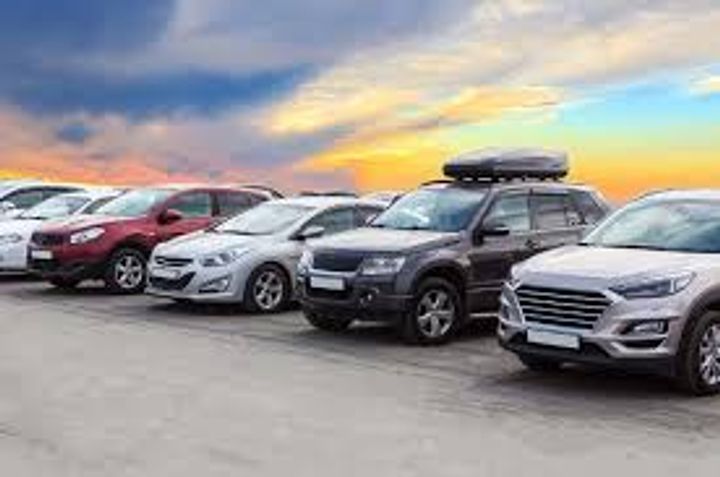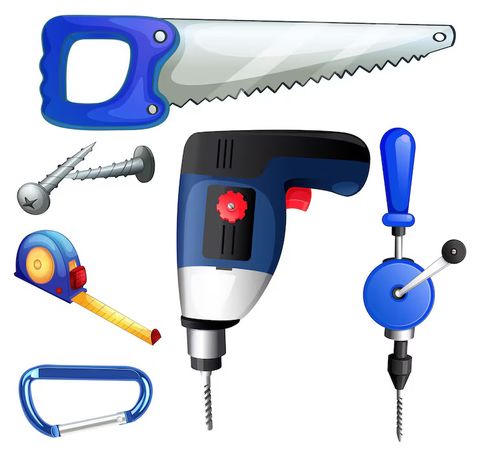
SUV Buying Guide: Insights & Advice for Scoring the Best Deals
Sport Utility Vehicles (SUVs) have steadily grown in popularity over the past two decades. Originally developed for off-road and rugged terrains, modern SUVs now dominate urban streets, family driveways, and dealership showrooms. These vehicles blend the space and functionality of a truck with the comfort and handling of a sedan, making them versatile choices for a wide range of drivers.
The SUV market spans various categories—compact, midsize, and full-size—as well as powertrains, including gasoline, diesel, hybrid, and electric options. As demand increases, so does the variety of features, designs, and pricing structures available to buyers. Choosing the right SUV today involves more than just picking a brand—it requires an understanding of what fits your needs, budget, and lifestyle.
Why Buying the Right SUV Matters Today
With rising fuel prices, evolving family dynamics, and growing interest in outdoor lifestyles, SUVs serve more functions than ever before. Here’s why this topic is particularly important now:
-
Wider Usage: SUVs cater to families, commuters, travelers, and adventurers alike. Their higher seating position, enhanced visibility, and cargo capacity appeal to many demographics.
-
Economic Considerations: The price of an SUV can range from $20,000 to over $100,000. With inflation impacting car prices globally, buying smart is essential to avoid overpaying.
-
Fuel Efficiency and Emissions: With environmental concerns on the rise, many buyers are transitioning to hybrid or electric SUVs, balancing performance with sustainability.
-
Resale Value: SUVs often retain their value better than sedans or smaller cars, but depreciation varies significantly by brand and model.
-
Safety and Technology: Most SUVs are now packed with advanced driver-assistance systems (ADAS), infotainment options, and connectivity features, which can complicate decision-making but also improve the driving experience.
Whether you’re buying new or used, from a dealership or online, understanding the SUV landscape is critical to making an informed choice.
Recent Market Trends and Updates (2024–2025)
Over the past year, the SUV segment has seen notable changes:
-
Surge in Electric SUV Options
Manufacturers like Ford (with the Mustang Mach-E), Hyundai (Ioniq 5), and Kia (EV9) have expanded their electric SUV lines in 2024, with many more models slated for release in late 2025. -
Used SUV Prices Begin to Stabilize
Following post-pandemic price spikes, used SUV prices in the U.S. and Europe have started to normalize in Q1 2025. According to Kelley Blue Book, average used SUV prices dropped 4.6% compared to early 2024. -
Increased Incentives and Financing Offers
Automakers, especially in North America and parts of Asia, are offering competitive incentives to counteract high interest rates. This includes zero-interest financing, extended warranties, and cashback offers. -
Technology Enhancements
Many 2025 models now include Level 2+ semi-autonomous driving features, wireless Android Auto/Apple CarPlay, and real-time traffic data as standard. These were previously limited to premium trims. -
Global Shift Toward Hybrid SUVs
In countries like India, the UK, and Australia, hybrid SUV sales increased by 20–35% YoY in 2024, driven by tax benefits and rising fuel costs.
Regulations and Government Policies That Affect SUV Buying
Understanding local laws and policies is crucial, especially as they can significantly influence your costs and options:
| Country/Region | Policy | Impact on SUV Buyers |
|---|---|---|
| USA | Federal EV Tax Credit (up to $7,500) | Applies to eligible electric SUVs under $80,000 |
| UK | Ultra Low Emission Zone (ULEZ) | Fees apply to older diesel SUVs in London and other cities |
| Germany | Hybrid subsidy ended (Jan 2024) | Buyers now prioritize full-electric SUVs for incentives |
| India | GST of 28% + cess on SUVs | Increases cost; smaller hybrids benefit from lower tax rates |
| Australia | Fringe Benefits Tax exemption for EVs | Favors electric SUV purchases for business users |
Additionally, safety and emissions regulations may influence which SUVs are sold or recommended in specific countries. For instance, the Euro NCAP safety rating system influences consumer choices in Europe, while the Insurance Institute for Highway Safety (IIHS) does the same in the U.S.
Helpful Tools and Resources for SUV Buyers
To make an informed decision, consider using the following tools and services:
-
Comparison Websites
Platforms like Edmunds, Kelley Blue Book, CarDekho (India), and AutoTrader allow detailed comparisons of SUVs based on specs, reviews, and prices. -
Loan and Lease Calculators
Many financial services and car websites offer calculators that estimate monthly payments, interest, and total cost of ownership. Try: -
Fuel Economy Tools
Visit fueleconomy.gov (USA) or NextGreenCar.com (UK) to compare MPG (miles per gallon) and CO₂ emissions. -
Insurance Cost Estimators
Tools from The Zebra or Policybazaar (India) can help estimate insurance premiums based on make, model, and usage. -
Mobile Apps
-
Cars.com and Carvana (USA): Search local listings, set alerts, and check vehicle history.
-
OBD Car Doctor: Scan used cars for hidden engine issues via Bluetooth.
-
VinAudit: Run vehicle history reports before buying used.
-
FAQs About Buying an SUV
1. Is it better to buy a new or used SUV?
Answer: It depends on your budget and priorities. New SUVs offer the latest features, safety tech, and warranties, but depreciate faster. Used SUVs cost less upfront and may retain value better if chosen wisely—but require a thorough history check.
2. What is the best time of year to buy an SUV?
Answer: The best time is typically at the end of the calendar year (October–December) or fiscal quarters (March, June, September), when dealerships offer discounts to meet sales targets. Holiday weekends and auto shows also offer deals.
3. What’s the difference between AWD and 4WD in SUVs?
Answer: AWD (All-Wheel Drive) automatically distributes power to all wheels and is better for on-road use and light snow. 4WD (Four-Wheel Drive) is designed for off-roading and heavy-duty traction, and often requires manual engagement.
4. Are electric SUVs worth buying now?
Answer: Yes, if you have access to charging and qualify for local incentives. Electric SUVs are becoming more affordable, offer lower running costs, and emit no tailpipe emissions. However, range and infrastructure vary by region.
5. What SUV size should I choose?
Answer:
-
Compact: Best for city driving and fuel economy (e.g., Toyota RAV4, Hyundai Tucson)
-
Midsize: Balanced space and performance (e.g., Honda CR-V, Ford Edge)
-
Full-Size: Great for large families or towing (e.g., Toyota Highlander, Ford Expedition)
Final Thoughts
Buying an SUV is a major decision that combines financial planning, personal needs, and market awareness. By staying informed about the latest trends, understanding policies, and using the right tools, you can approach the process with clarity and confidence.
Whether you're eyeing a compact hybrid for city commutes or a robust full-size model for weekend getaways, this guide provides the essential insights to help you navigate the SUV buying journey wisely.










